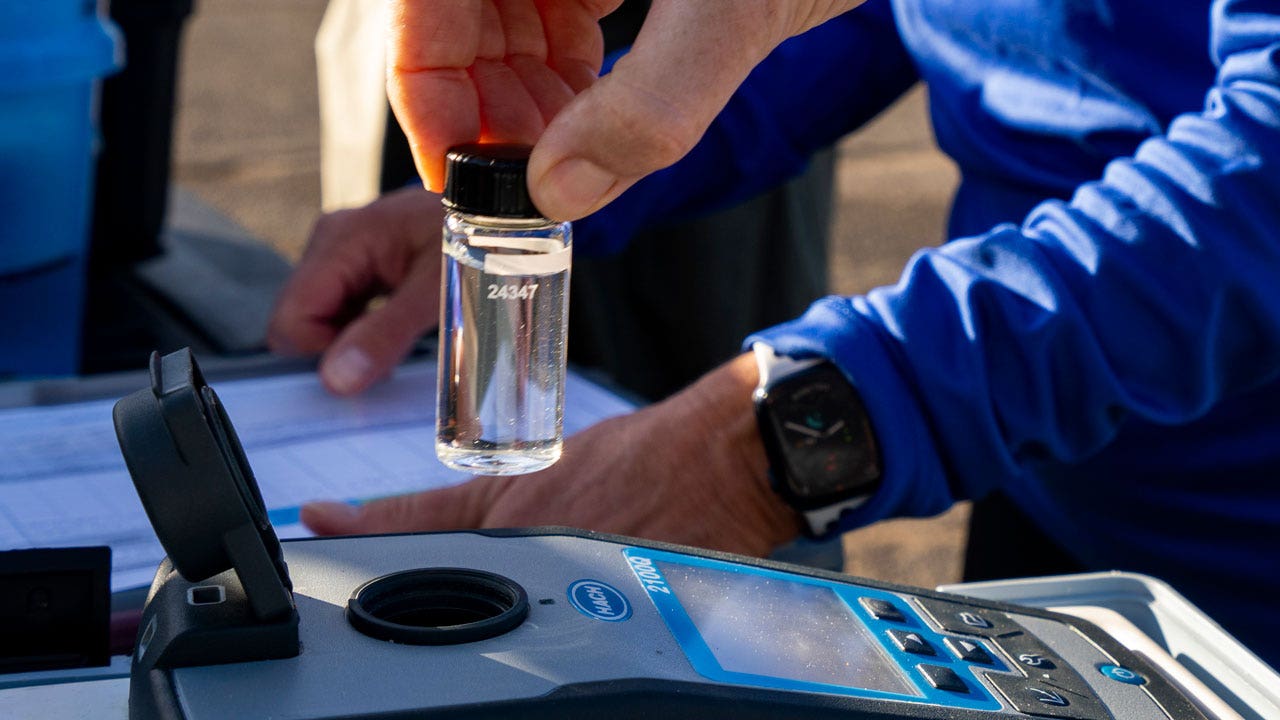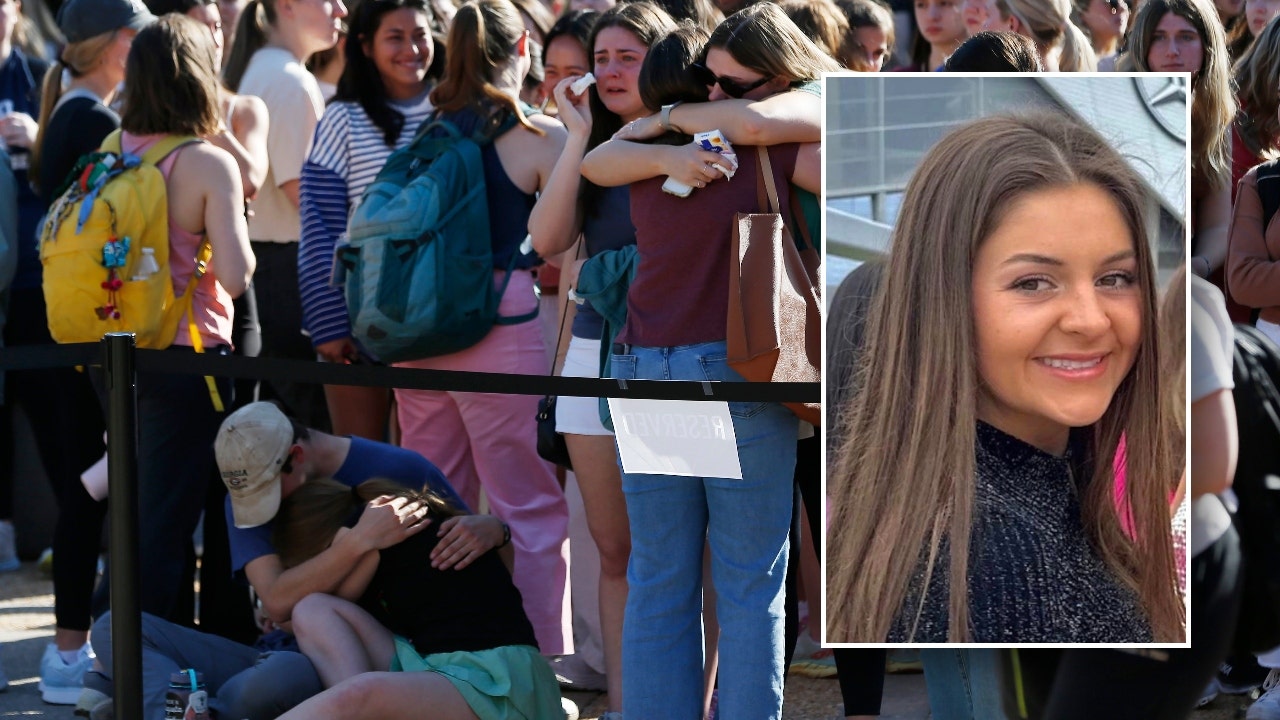Tears are sacred. They express sadness, communicate joy, signal need and expunge stress. The very act of crying offers us more than just release; it can offer us clarity.
Yet we live in an era when public crying is not just undervalued but actively mocked. Collective displays of sadness are dismissed as empty posturing, and emotional breakdowns are turned instantly into memes. The alienation and isolation of online life has made expressing shared sadness nearly impossible.
Which is why we need to bring back the tear-jerker.
Remember tear-jerkers? An entire category of movie dedicated to enlisting Hollywood’s best talent in an effort to make you bawl unashamedly? You might know them instead as weepers or weepies — and as a genre they offered a beloved and widely embraced means for communal emotional catharsis, at the theater, in the dark.
Tear-jerkers have existed throughout Hollywood’s history — movies were making audiences cry even before they could make a sound — but as a prestige genre they hit their peak in the 1970s and 1980s, climaxing with 1983’s “Terms of Endearment,” which won an Oscar for best picture. (“Anyone who goes to this film expecting a light comic diversion had better bring along at least four hankies for the hospital scenes,” wrote Janet Maslin in The Times.) The film featured several emotionally devastating moments, including the one mentioned by Ms. Maslin, in which a mother dying of cancer, played by Debra Winger, has her last conversation with her school-age sons.
The heyday of the prestige weepie brought such cryfests as “Kramer vs. Kramer,” a wrenching tale of divorcing parents wrestling over their son; “Ordinary People,” about a family’s emotional collapse in the wake of a tragedy; “Field of Dreams,” the ultimate dad-cry about baseball and middle-aged reckoning; and of course “Beaches,” a heartbreaker about the death of a lifelong friend, complete with a chart-topping anthem. Even blockbuster films from this era, such as “E.T.” and “Top Gun,” dutifully included a mandatory gut-punch moment — hooking up a pale E.T. to a heart monitor; killing off Goose — designed to make audiences sob on cue. And we did.
After a decade-long decline as summer blockbusters and franchise sequels squeezed out adult-oriented weepies, the golden age of the prestige tear-jerker ended in 1997 with the genre’s biggest hit: “Titanic.” That film was a three-plus-hour, Oscar-winning thrill ride with lavish production value and groundbreaking special effects. Yet it’s still best remembered for a single scene in which Rose, played by Kate Winslet, says goodbye to Jack, played by Leonardo DiCaprio, as she floats away in the wreckage of the ill-fated ship. The sobs elicited sent a generation of moviegoers blubbering into their shirtsleeves (or into the shoulders of the people sitting next to them in the theater). It also helped propel “Titanic” to become the biggest box-office hit ever at the time.
Tear-jerkers can look a little manipulative, or even cartoonish, in retrospect. Here is a dying woman saying goodbye to her young sons! Here is a father running through the streets of New York carrying his injured child to the hospital! Here is Bette Midler singing “Did you ever know that you’re my hero?” to her terminally ill best friend! But prestige tear-jerkers served an essential cultural purpose: They were a valuable ritual of catharsis that audiences could participate in together. If you’ve seen any one of these movies, you might feel emotional just recalling it, which is proof of their enduring power.
Sobbing together is something we’ve forgotten how to do — and something we badly need to rediscover. We need more chances to show our humanity to one another in public. We need to learn how to reassure one another that we are all sensitive beings who are at risk of feeling much more than we can tolerate. We could all use a good cry right now, together, in real life, in real time.
As a genre, the prestige tear-jerker seems to be the victim of both changing tastes and changing technologies. Hollywood became much more attuned to the blockbuster experience — in a way, we can also blame this on “Titanic.” Producers focused on films that would appeal to the “four quadrants”: viewers male and female, young and old. Too often tear-jerkers were dismissed as female-focused — they don’t appeal to the coveted 12-year-old-boy demographic — despite many of the most famous examples of the genre being award winners and significant hits.
Now tear-jerkers flourish mostly on the margins, in Hallmark holiday specials, streaming teen films and maudlin movies of the week. When contemporary prestige films explore personal tragedy, they tend toward understated melancholy, not melodrama. Films like last year’s “The Holdovers” and “Past Lives,” or “Manchester by the Sea” and “Call Me by Your Name,” might elicit sniffles, but they are restrained tales of quiet heartbreak, not outsized operatic tragedies. The contemporary version of the tear-jerker is one in which the heroine decides prudently not to reunite with a past love, not one in which she watches her one true love sink lifeless into an icy sea.
It’s easy to see why audiences may be hesitant to go to a communal space to watch slow, tragic stories about human suffering. Real sadness is everywhere, and we digest it on our own now, alone, with our phones, in silence.
Maybe that’s the real reason prestige tear-jerkers have gone extinct: We confront despair so rapidly and constantly now that we’ve learned to dismiss sadness and push it out of sight and to deride it in others, no matter how sincere it might be. We’ve forgotten how to feel anything collectively besides outrage. Look no further than the Covid-19 pandemic: Over a million Americans died in an experience that touched us all, and yet there is still no permanent national Covid memorial. There’s little acknowledgment of a need for closure, let alone a move to provide it.
Tear-jerkers used to provide a shared space where we had permission to feel those emotions together. Since the era of ancient Greece, dramatic tragedies have offered us a necessary means of emotional purgation, and Aristotle argued that this catharsis served to turn audience members into more attuned, grateful and ethical citizens. Sigmund Freud viewed unexpressed emotion as a threat to mental health, and modern research supports his view, indicating that repressing emotions increases stress while crying releases oxytocin and endorphins. In her book “Seeing Through Tears,” Judith Kay Nelson asserts that just as babies’ tears are a crucial means of communicating with their caregivers, adults’ tears invite support and strengthen connection. “Human beings need behaviors that move us toward each other and keep us there,” Dr. Nelson writes. “Crying is one of the most powerful and essential of those behaviors.”
Seeing others cry reminds us that we deserve compassion ourselves. When Dustin Hoffman’s character in “Kramer vs. Kramer” rediscovers his own humanity while waiting anxiously in the emergency ward for word on stitches for his injured son, we rediscover our humanity, too. Tear-jerkers used to offer us that kind of space.
There’s a scene in “Terms of Endearment” where the character played by Shirley MacLaine berates the nurses in the cancer ward, screaming that her daughter is in pain and someone needs to do something about it immediately. If this were a clip shared today on social media, she’d be mocked as an entitled nightmare. Yet in a tear-jerker, that’s what works so well: We’re watching someone who’s normally the picture of perfectionism and self-restraint get pushed so far past her limits that she can barely contain herself. It’s not just an inducement to cry but also a testament to how we’re never in complete control of ourselves. Not only is that kind of control not possible, it’s not even desirable.
Revive the tear-jerker. Give us a reason to cry on one another’s shoulders in public again. Feeling the full force of our sadness is a prerequisite for feeling the full force of our humanity: our compassion, our joy, our delight.
This is how it feels to be fully alive. We need to remind ourselves of that. We need to remind one another.
Heather Havrilesky writes the “Ask Polly” advice column and is the author of “Foreverland: On the Divine Tedium of Marriage.”
Illustration by Brendan Conroy.
The Times is committed to publishing a diversity of letters to the editor. We’d like to hear what you think about this or any of our articles. Here are some tips. And here’s our email: letters@nytimes.com.
Follow the New York Times Opinion section on Facebook, Instagram, TikTok, WhatsApp, X and Threads.






